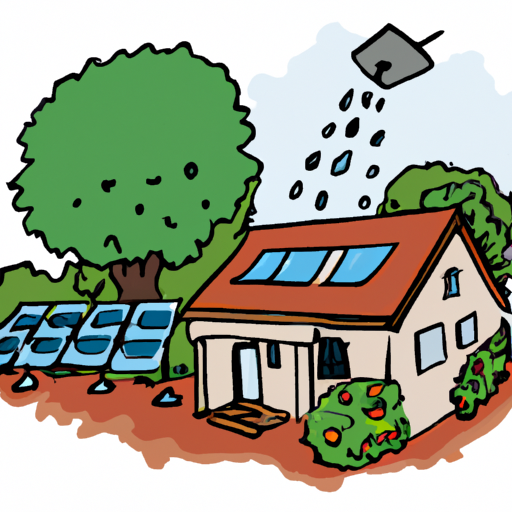The Living Building Challenge Certification is a green building certification program that homeowners can pursue for environmental and health benefits, but there are potential drawbacks such as high costs and stringent requirements. Homeowners should carefully consider these factors before pursuing certification and follow tips for navigating the process successfully.
In today’s world, where sustainable living and eco-friendly practices are becoming increasingly important, homeowners are seeking ways to make their homes more environmentally friendly. One option that has gained popularity is pursuing Living Building Challenge certification. This certification is a rigorous and comprehensive program that sets high standards for energy efficiency, water conservation, and overall sustainability. In this article, we will guide homeowners through the process of understanding Living Building Challenge certification, explore the pros and cons of pursuing this certification for your home, discuss the benefits and drawbacks of this sustainable solution, and provide tips for navigating the certification process. Whether you’re a homeowner who is passionate about sustainability or simply looking to reduce your carbon footprint, this article will help you make an informed decision about pursuing Living Building Challenge certification for your home.
- 1. Understanding Living Building Challenge Certification: A Guide for Homeowners
- 2. The Pros and Cons of Pursuing Living Building Challenge Certification for your Home
- 3. Finding Sustainable Solutions: Exploring the Benefits and Drawbacks of Living Building Challenge Certification
- 4. Navigating the Living Building Challenge Certification Process: Tips for Homeowners
1. Understanding Living Building Challenge Certification: A Guide for Homeowners
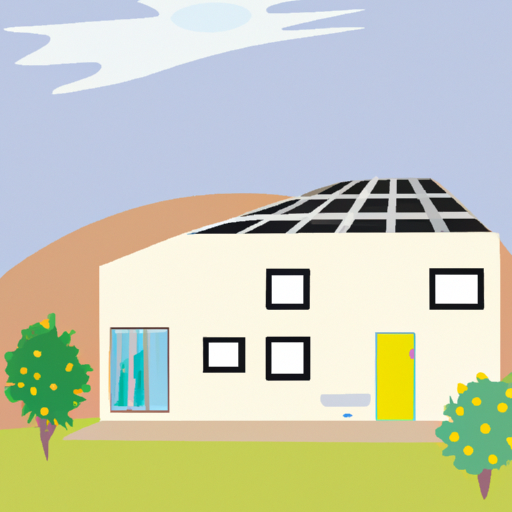
Understanding Living Building Challenge Certification: A Guide for Homeowners
Living Building Challenge (LBC) Certification is a rigorous and prestigious green building certification program that goes beyond traditional sustainability standards. It sets a high bar for sustainable and regenerative design, construction, and operation of buildings. While primarily aimed at commercial and institutional projects, LBC has also gained attention among homeowners who are passionate about sustainable living and want to create a truly green and healthy home.
Pros of Living Building Challenge Certification for Homeowners:
1. Environmental Benefits: LBC Certification encourages homeowners to prioritize sustainability, energy efficiency, and renewable resources. By adhering to LBC standards, homeowners can reduce their carbon footprint, conserve natural resources, and contribute to a healthier planet for future generations.
2. Health and Well-being: LBC emphasizes creating healthy indoor environments by promoting the use of non-toxic building materials, improved air quality, and access to natural light and fresh air. This can significantly enhance the health and well-being of homeowners and their families.
3. Long-term Cost Savings: Although achieving LBC Certification may require a higher upfront investment, homeowners can benefit from long-term cost savings. Energy-efficient design, renewable energy systems, and water conservation measures can lead to reduced utility bills over time.
4. Aesthetically Pleasing Design: LBC encourages the integration of nature and the surrounding environment into the design of buildings. This can result in visually appealing homes that seamlessly blend with their surroundings, creating a sense of harmony and tranquility.
Cons of Living Building Challenge Certification for Homeowners:
1. Higher Initial Costs: Achieving LBC Certification often involves additional costs due to the use of specialized materials, advanced technologies, and expert consultants. Homeowners should carefully consider their budget and financial capabilities before embarking on the LBC journey.
2. Stringent Requirements: LBC sets strict performance standards that may be challenging to meet, particularly for existing homes. Retrofitting an older property to comply with LBC criteria can be complex and
2. The Pros and Cons of Pursuing Living Building Challenge Certification for your Home
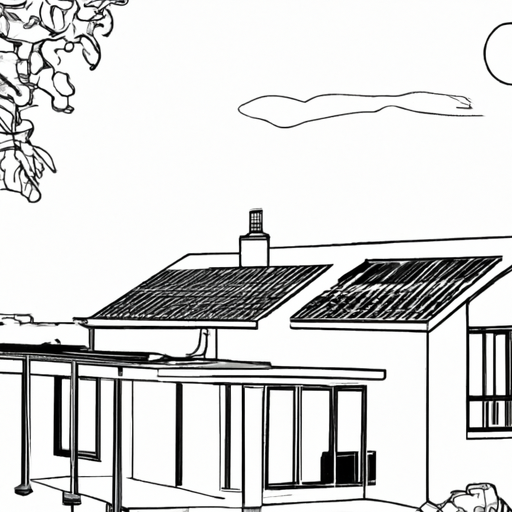
The Living Building Challenge (LBC) Certification is a rigorous and comprehensive green building certification program that sets high standards for sustainable and regenerative design, construction, and operation. While it is commonly associated with commercial buildings, homeowners also have the option to pursue LBC Certification for their homes. However, before embarking on this journey, it is crucial to consider the pros and cons associated with this certification.
Pros:
1. Environmental Sustainability: The Living Building Challenge Certification promotes sustainable practices, including reducing energy consumption, utilizing renewable resources, and minimizing waste generation. By pursuing this certification, homeowners can contribute to the overall health of the planet and help combat climate change.
2. Health and Well-being: LBC Certification prioritizes the use of non-toxic and healthy building materials, ensuring a healthier indoor environment for occupants. This can greatly improve the well-being of homeowners by reducing exposure to harmful chemicals and pollutants commonly found in conventional homes.
3. Energy Efficiency: LBC Certification encourages the implementation of energy-efficient systems and designs. This can lead to reduced energy consumption and lower utility bills for homeowners over the long term. Additionally, it can increase the value of the property and make it more attractive to potential buyers if the homeowners decide to sell in the future.
4. Regenerative Design: Unlike other green building certifications, the Living Building Challenge Certification goes beyond sustainability by emphasizing regenerative design principles. This means that homeowners are encouraged to give back to the environment by incorporating features such as rainwater harvesting, on-site renewable energy generation, and composting systems.
Cons:
1. Cost: Pursuing LBC Certification for a home can be a significant financial investment. The stringent requirements and high-performance standards may necessitate the use of expensive materials, technologies, and professional services. Homeowners need to carefully assess their budget and determine whether they can afford the additional expenses associated with LBC Certification.
2. Complexity: The Living Building Challenge Certification is known for its complexity and strict performance criteria. It requires extensive planning, research
3. Finding Sustainable Solutions: Exploring the Benefits and Drawbacks of Living Building Challenge Certification
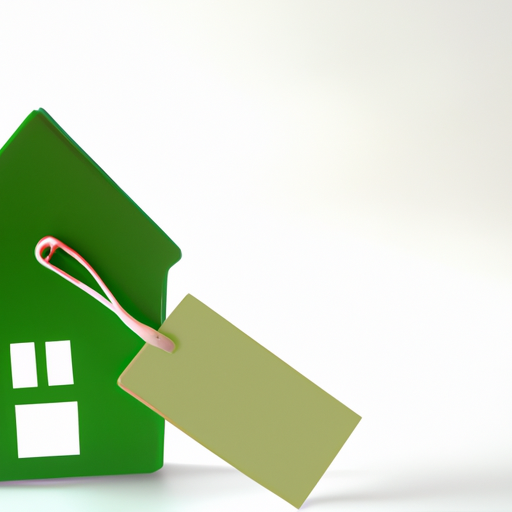
Finding Sustainable Solutions: Exploring the Benefits and Drawbacks of Living Building Challenge Certification
Living Building Challenge (LBC) certification is a rigorous and comprehensive green building certification program that aims to promote sustainable and regenerative design and construction. While it primarily focuses on commercial buildings, homeowners can also choose to pursue LBC certification for their residential properties. In this section, we will delve into the benefits and drawbacks of Living Building Challenge certification for homeowners.
Benefits of Living Building Challenge Certification:
1. Environmental Stewardship: One of the main advantages of LBC certification is its emphasis on environmental stewardship. By adhering to the strict criteria set by the certification, homeowners can significantly reduce their environmental footprint. From energy efficiency to water conservation and waste reduction, LBC certification encourages homeowners to adopt sustainable practices that contribute to a healthier planet.
2. Health and Well-being: LBC certification prioritizes the creation of healthy living environments. This means that certified homes are designed to promote improved indoor air quality, natural lighting, and access to nature. These features have been proven to enhance the overall well-being and comfort of occupants, leading to a healthier and more enjoyable living experience.
3. Market Value and Resale Potential: Living Building Challenge certification symbolizes a commitment to sustainability and environmental responsibility. As such, certified homes often have increased market value and resale potential. In a world where green building practices are becoming increasingly important, potential buyers are more likely to prioritize homes that have achieved LBC certification, which can lead to a higher return on investment for homeowners.
Drawbacks of Living Building Challenge Certification:
1. High Initial Costs: Pursuing LBC certification for a residential property can be financially demanding. The rigorous requirements and specialized materials and technologies needed to meet the certification’s criteria often come with a higher price tag. Homeowners need to carefully consider their budget and evaluate whether the long-term benefits outweigh the initial costs.
2. Limited Flexibility: The stringent guidelines of LBC certification may limit homeowners’ flexibility in terms
4. Navigating the Living Building Challenge Certification Process: Tips for Homeowners
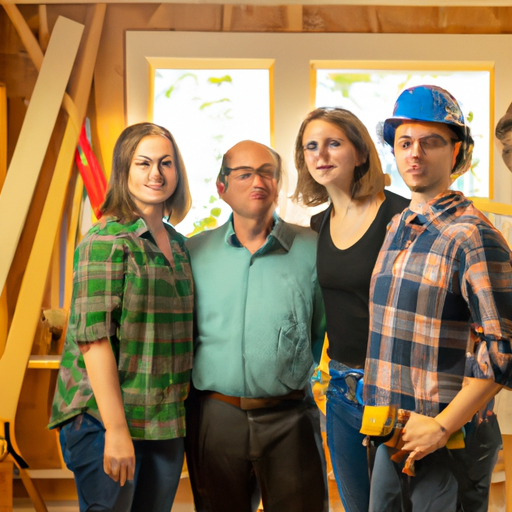
Navigating the Living Building Challenge Certification Process: Tips for Homeowners
Achieving Living Building Challenge (LBC) certification for your home is an admirable goal that demonstrates your commitment to sustainability and environmental stewardship. However, the certification process can be complex and challenging. To ease your journey, here are some valuable tips for homeowners embarking on the Living Building Challenge certification process.
1. Educate Yourself: Before diving into the certification process, take the time to thoroughly understand the Living Building Challenge requirements and criteria. Familiarize yourself with the various performance areas, including site, water, energy, health, materials, equity, and beauty. This knowledge will help you make informed decisions and plan accordingly.
2. Engage Professionals: Given the technical and intricate nature of the certification process, it is advisable to involve professionals who have experience with sustainable design and construction. Seek out architects, builders, and consultants who are familiar with the Living Building Challenge and can guide you through the requirements. Their expertise will prove invaluable in ensuring compliance and avoiding common pitfalls.
3. Plan Early: The Living Building Challenge certification process should ideally be integrated into the design and planning phase of your home. Engage with your design team early on to incorporate the necessary strategies and systems required for certification. Waiting until later stages of construction may result in costly retrofits or compromises that could hinder your chances of achieving certification.
4. Establish Clear Goals: Clearly define your objectives and goals for pursuing Living Building Challenge certification. Identify the specific performance areas that are most important to you and align them with your values and lifestyle. This clarity will guide your decision-making process and help prioritize actions and investments.
5. Collaborate with the Community: The Living Building Challenge encourages community involvement and outreach. Engage with local organizations, green building networks, and other homeowners pursuing certification to share knowledge, resources, and experiences. Collaborating with like-minded individuals can provide support, inspiration, and solutions to common challenges.
6. Document Diligently: Maintaining
In conclusion, pursuing Living Building Challenge Certification for your home offers numerous benefits and drawbacks that homeowners should carefully consider. While this certification promotes sustainable and environmentally-friendly practices, it can also be a complex and costly process. By understanding the pros and cons, homeowners can make informed decisions about whether or not to pursue this certification. Ultimately, the Living Building Challenge Certification can help homeowners create healthier and more sustainable homes, but it requires careful planning, research, and commitment. Whether or not to embark on this journey is a personal decision that should align with individual values and priorities.

